-
Structured weekly study breakdown for efficient preparation
-
High-yield topics: surgical anatomy, clinical management, and more
-
QBank with techniques to tackle challenging questions
-
Resident-tested score boosters to maximize performance
-
Your ultimate resource for mastering the 2025 ABSITE exam
Preview
You start coumadin on a patient with a pulmonary embolus. Three days later, he starts sloughing
off skin across his arms and legs. All of the following are true of this patients most likely
condition except:
a. This likely would have been prevented by starting heparin before coumadin
b. Patients with protein C deficiency are more susceptible to this problem
c. The skin sloughing is caused by skin necrosis
d. This is likely due to hemophilia A – -CORRECT ANS- -(d)
Coumadin-induced skin necrosis occurs in patients started on coumadin without being given
heparin first. It results from a relatively hypercoagulable state that can occur in some individuals
because of the shorter half-life of protein C & S compared to factors II, VII, IX, and X. Protein C &
S ↓ after coumadin before the other factors ↓, resulting in a relatively hypercoagulable state.
2 weeks after a whipple operation, your patient continues to have early satiety with oral intake.
You decide to start metoglopramide (Reglan) and erythromycin. Through what mechanism does
erythromycin ↑ gastrointestinal motility?
a.) ACh
b.) Serotonin
c.) Motilin
d.) Gastrin – -CORRECT ANS- -(c)
Motilin (found primarily in the stomach, duodenum, and colon)
Proteins are synthesized from:
a. mRNA
b. tRNA
c. dsDNA
d. ssDNA – -CORRECT ANS- -(a)
mRNA
1 week after an APR, our patient develops urosepsis requiring volume resuscitation, antibiotics,
and moderate amounts of levophed and vasopressin. E. coli grows out from the blood cultures.
What portion of the lipopolysaccharide complex accounts for its toxicity
a.) Lipid A
b.) LPS
c.) NO
d.) TLR4 – -CORRECT ANS- -(a)
Lipid A (with gram negative sepsis; stimulator of TNFα)
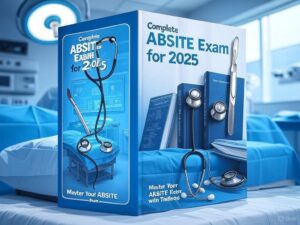
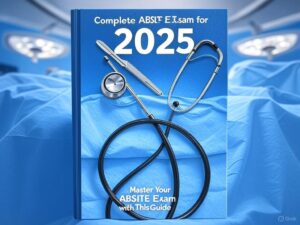



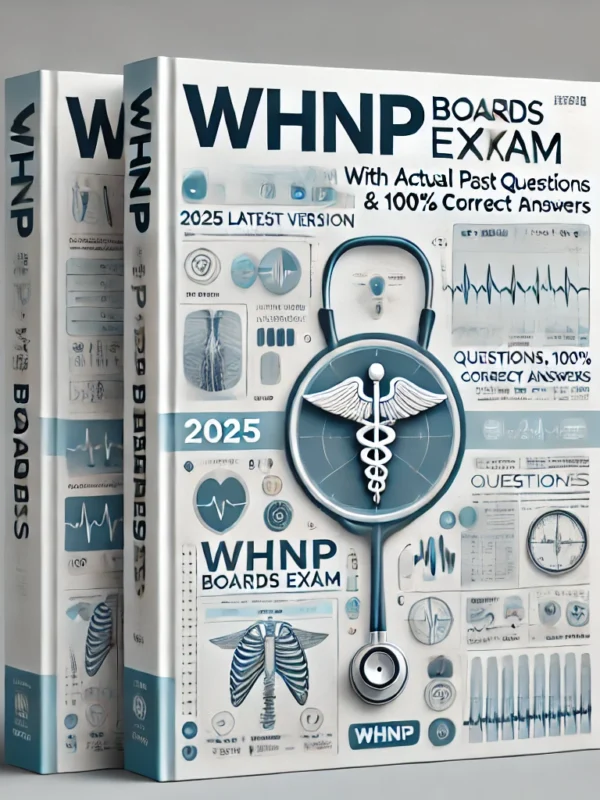
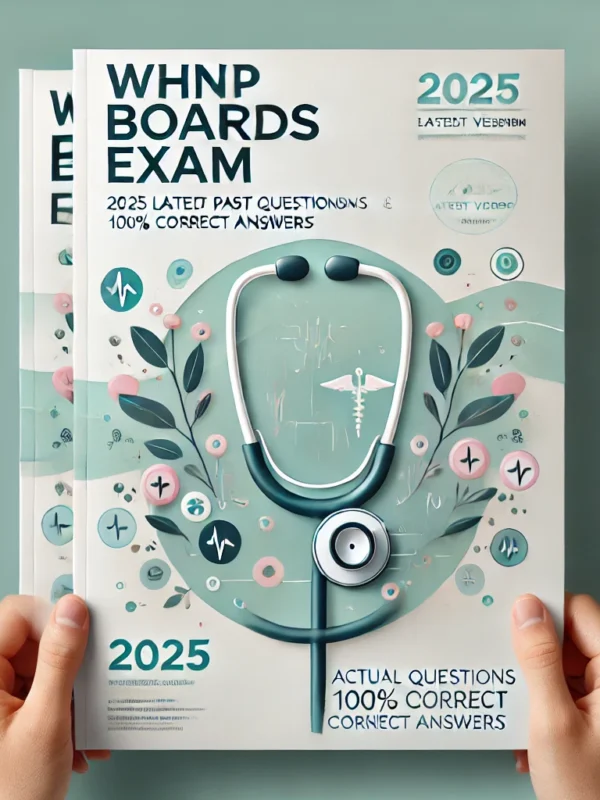
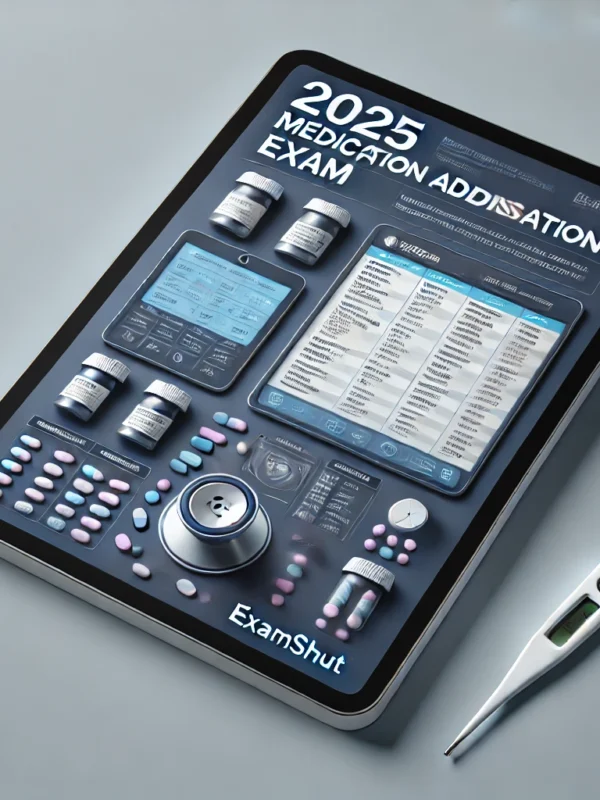
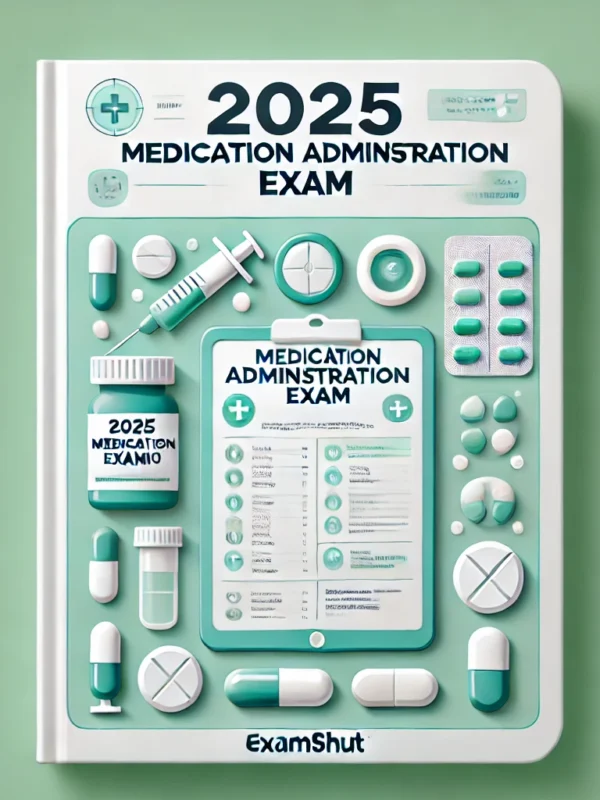
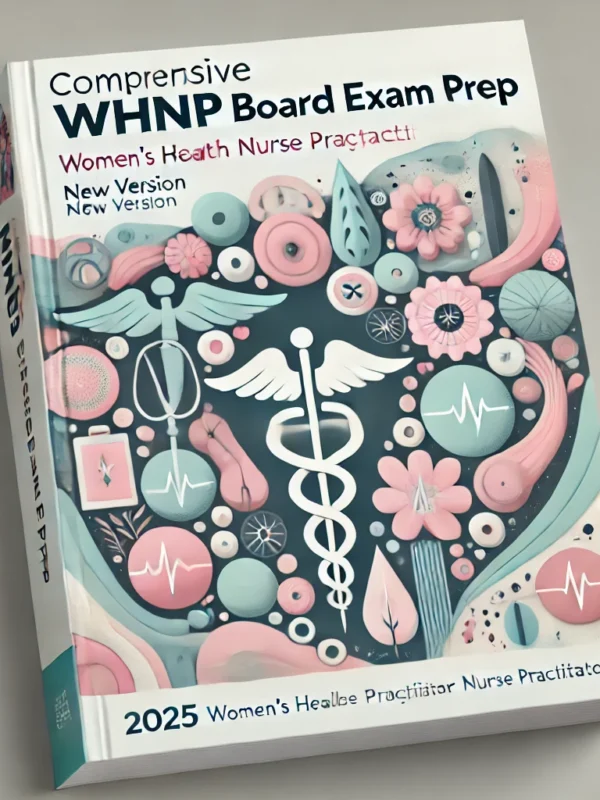
Reviews
There are no reviews yet.